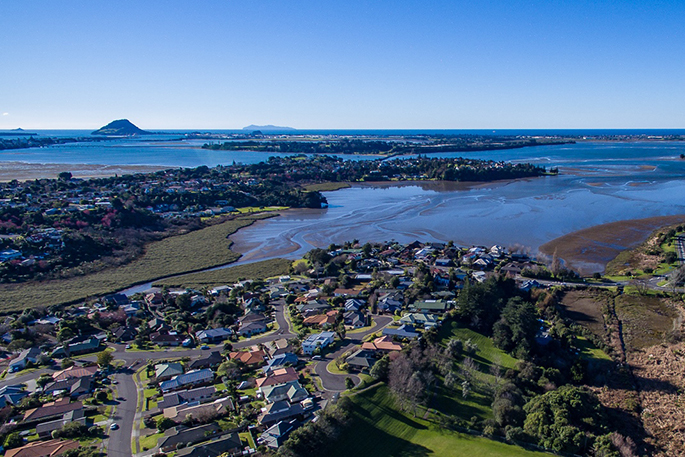The Bay of Plenty's increase in nominal GDP topped the regions for the second year in a row, say Stats NZ.
All 15 regional economies in New Zealand recorded increases in nominal GDP for the year ended March 2017.
The Bay of Plenty's economy rose by nine per cent, followed by Northland and Waikato (both 8.2 per cent), Southland (7.9 per cent), and Otago (7.1 per cent). The national average was 6.2 per cent.
The Bay of Plenty's increase was mainly due to strong increases in the value of agriculture (horticulture and dairy); construction; and rental, hiring, and real estate services.
'Agriculture played a significant role in many regions, reflecting the large rise in the milk price payable to dairy farmers in 2017,” says Stats NZ national accounts senior manager Gary Dunnet.
Strong increases in housing-related industries were also seen outside the Bay of Plenty. The construction, and rental, hiring, and real estate services industries had an impact on the northern regions – Northland, Auckland, and Waikato – along with Otago in the south.
'Construction in Canterbury tapered off over 2016 and 2017, which contributed to the region's increase of 5.1 percent being below the national average,” says Gary.
Taranaki retained the highest GDP per capita ($70,863), followed by Wellington ($69,851) and Auckland ($61,924). Gisborne had the lowest GDP per capita ($39,896). The national average was $57,002.
New Zealand's regional economies 2017 visually presents the key measures of the 15 regional economies.
Regional GDP figures are expressed in current price (nominal) terms and so differ from national GDP measures that report GDP movements exclusive of price effects.



0 comments
Leave a Comment
You must be logged in to make a comment.